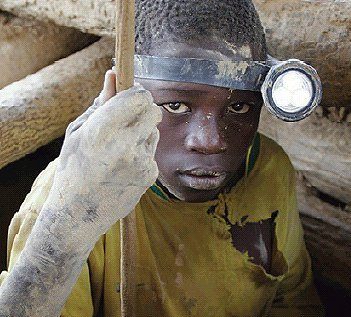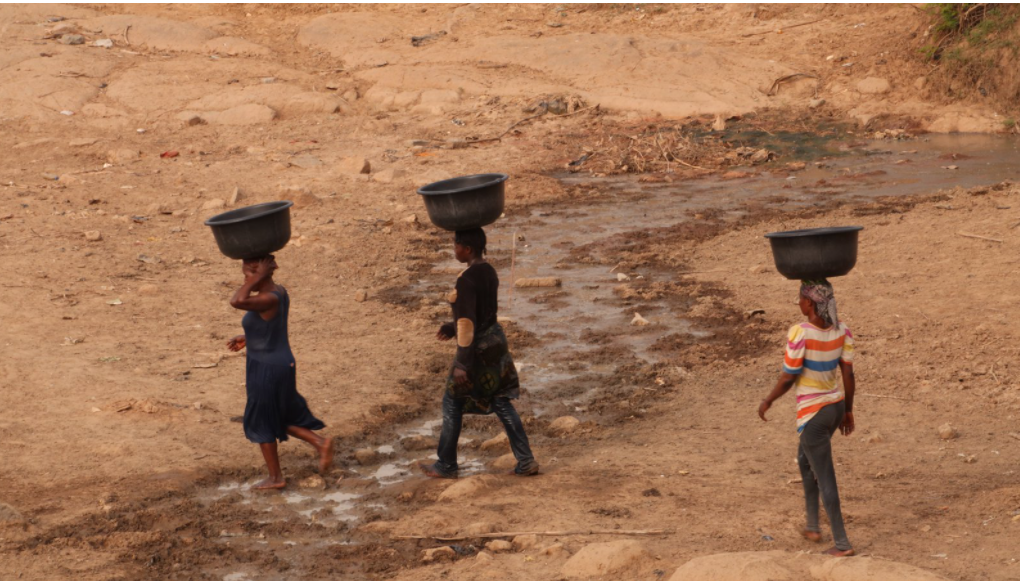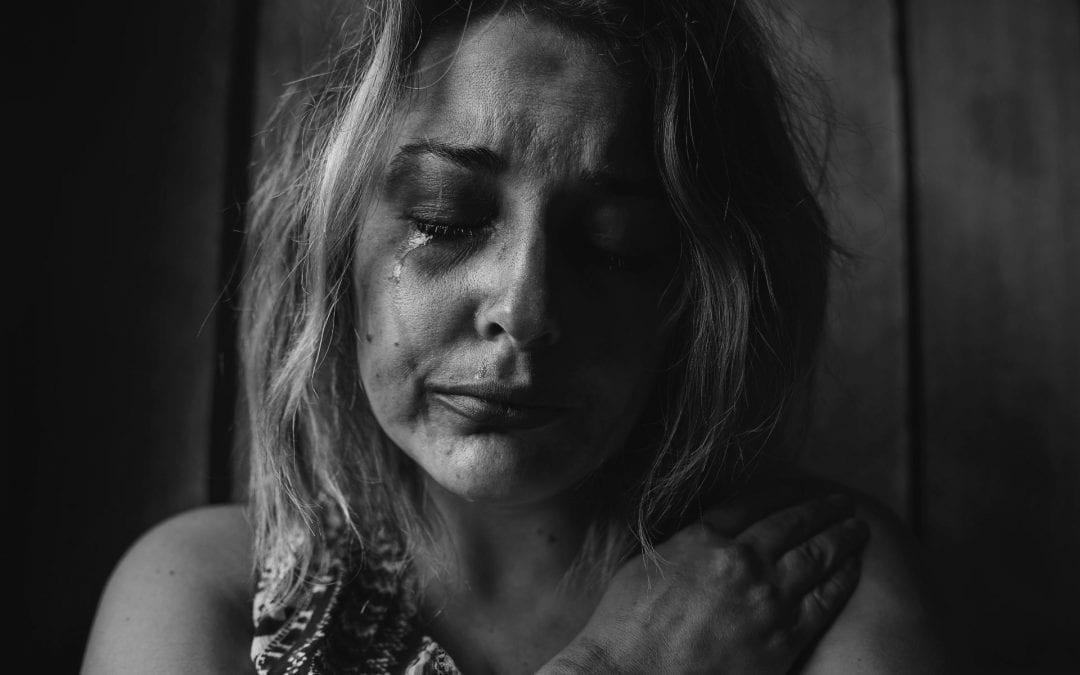
by zhh08 | Apr 15, 2022 | Dashboard, Generic, Uncategorized, Visualization
This is Hamisi, an 11 year who has a career as a miner.
Hamisi dropped out of his third year of primary school and left his home village after his father was unable to pay for his uniform and school fees. Although Hamisi’s parents have their own half-acre coffee farm, their income fell sharply because of the decline in the market price for coffee throughout the world. Hamisi works up to 18 hours and earns between 60 cents to $ 1.2 a day.
The health of the children like Hamisi is very poor, as they breathe in the harmful graphite dust found in the mines and have poor nutrition, surviving on 1 meal a day.
Child slavery in big industries such as agriculture and manufacturing is an ongoing issue, and they are slowly being resolved by governments and organizations fighting child labor. Stories such as the ones mentioned above are common scenarios in developing countries where there are large sections of the population who are still deep in poverty.

Facts:
- + 8.4 M in the last 4 years alone. According to a report by the International Labour Organization (ILO) and UNICEF, the number of children in labour has increased to 160 million worldwide.
- 72.1 M are estimated to be in child labour in Africa. 9% of African children are in hazardous work – the highest of all the world’s regions representing 31.5 million.
- 1 in 5 children in Africa are employed against their will in farms and mines.
Recommendations:
- Increase the number of years for compulsory education.
- Create more job opportunities with higher salaries for parents.
- Set a minimum age at which people can legally be employed.

by jme43 | Nov 22, 2021 | Dashboard, Visualization
Sanitation facilities safely separate human waste from human contact, but when people don’t have access to safe toilets, they opt to defecate in the open, and exposed human waste is transferred back into people’s food and water resources. About one-fourth of those defecating in the open in the world live in sub-Saharan Africa and they spend an average of 2.5 days per year trying to find a private location to defecate. Women spend extra time looking for a safe place to go and are put can experience gender-based violence in the process.
The use of contaminated drinking water and poor sanitary conditions results in increased vulnerability to water-borne diseases, including diarrhea, cholera, dysentery, and typhoid. More deaths occur among children under 2 years of age living in South Asia and sub-Saharan Africa. It is reported that 115 people in Africa die every hour from diseases linked to poor sanitation, poor hygiene, and contaminated water.
When a person doesn’t have access to clean water and sanitation, they are also at risk of decreased school attendance, missed workdays, malnutrition, and poverty. When girls and women lack access to safe sanitation and water, their education suffers because they experience period poverty and can’t afford menstrual products, clean themselves safely, or access separate bathrooms.
In Africa, especially sub-Saharan Africa, more than a quarter of the population spends more than half an hour per trip to collect water. The task of fetching water tends to fall on women, and this burden can also prevent girls from attending school.

by Karen Bassil | May 5, 2021 | Dashboard, Visualization
Women all around the world are constantly fighting for their rights, whether to earn an equal wage, to be educated, or simply to live free from violence and discrimination. But many women and girls are still unaware of their rights and some are even justifying the husband’s beating.

by Samar Eid | May 6, 2020 | Dashboard, Visualization
“When you carry a life and it’s there, and then gone, a part of your soul dies. Forever”. Casey Wiegano
Yes, I’m a mom, and just thinking about it for a fraction of a second breaks my heart! Unfortunately, Sub-Saharan countries along with some South Asian countries which are highlighted with darker blue in the map whiteness the highest infant mortality rates. In Sub-Saharan countries ,on average, 68 infants die in every 1000 births and this rate is the second highest among the classified regions (second graph)

From the bottom graphs, we can see that there is a high correlation between the average adolescents fertility rates and the female adolescents who are out of school. On the other hand, a correlation exists between the adolescents fertility rate and the mortality rate of infants.The highest rates are also observed in Sub-Saharan countries (darker blue).
Putting these observations into one sentence, we can infer that the more adolescent females that are out of school the more likely they are to give birth to infants that have higher chances of dying.
As such, female students in Sub-Saharan countries should be empowered. They should be encouraged to continue their education aiming to lower their fertility rates and indirectly lower infants mortality rates. With no doubt, many other factors should be considered such as improving healthcare systems for both, moms and children.





